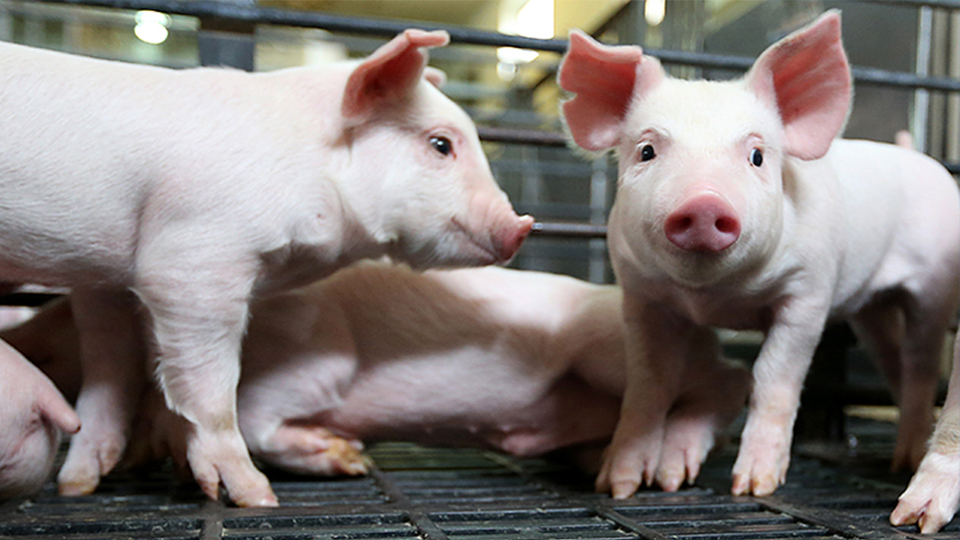Purdue targets air quality measurement at swine farms with grant
Subscriber Benefit
As a subscriber you can listen to articles at work, in the car, or while you work out. Subscribe Now
Researchers at Purdue University are using a $500,000 grant to find a better way to track air quality issues surrounding pork production. Led by Jiquin Ni, a professor of agricultural and biological engineering, the team is looking to develop new technology that can more accurately detect particulate matter and gases generated by swine farms.
The funding comes from the Foundation for Food & Agriculture Research, a Washington D.C.-based research organization, in partnership with the National Pork Board.
Ni says particulate matter, which is a mixture of solid particles and liquid droplets found in the air, within and outside of swine barns is poorly understood due to a lack of appropriate measurement technology.
According to Purdue, particulate matter concentrations can change with different ventilations and weather conditions, which should be monitored and mapped.
But the dynamic of swine farms can mean more particulate matter can go outside of the farms because of heavier ventilation during the summer and be more concentrated inside the farm during the winter due to lower ventilation.
“There are many commercially available technologies for particulate matter measurement. But none of them are designed for agriculture and livestock use,” Ni said. “Our objective is to develop a new technology that is low cost, with a faster response and easy to use.”
The team plans to test its new technology in the controlled environment swine barn at Purdue’s Animal Science Research and Education Center for calibration, but then take it out into the field at commercial swine farms in Indiana and Ohio for validation.
“We will measure the PM concentration from the air inside the swine barn, near the exaust fans and several hundred feet away at different distances from the barn,” Ni said.
Purdue said the technology said the technology could have applications for poultry and other livestock.
